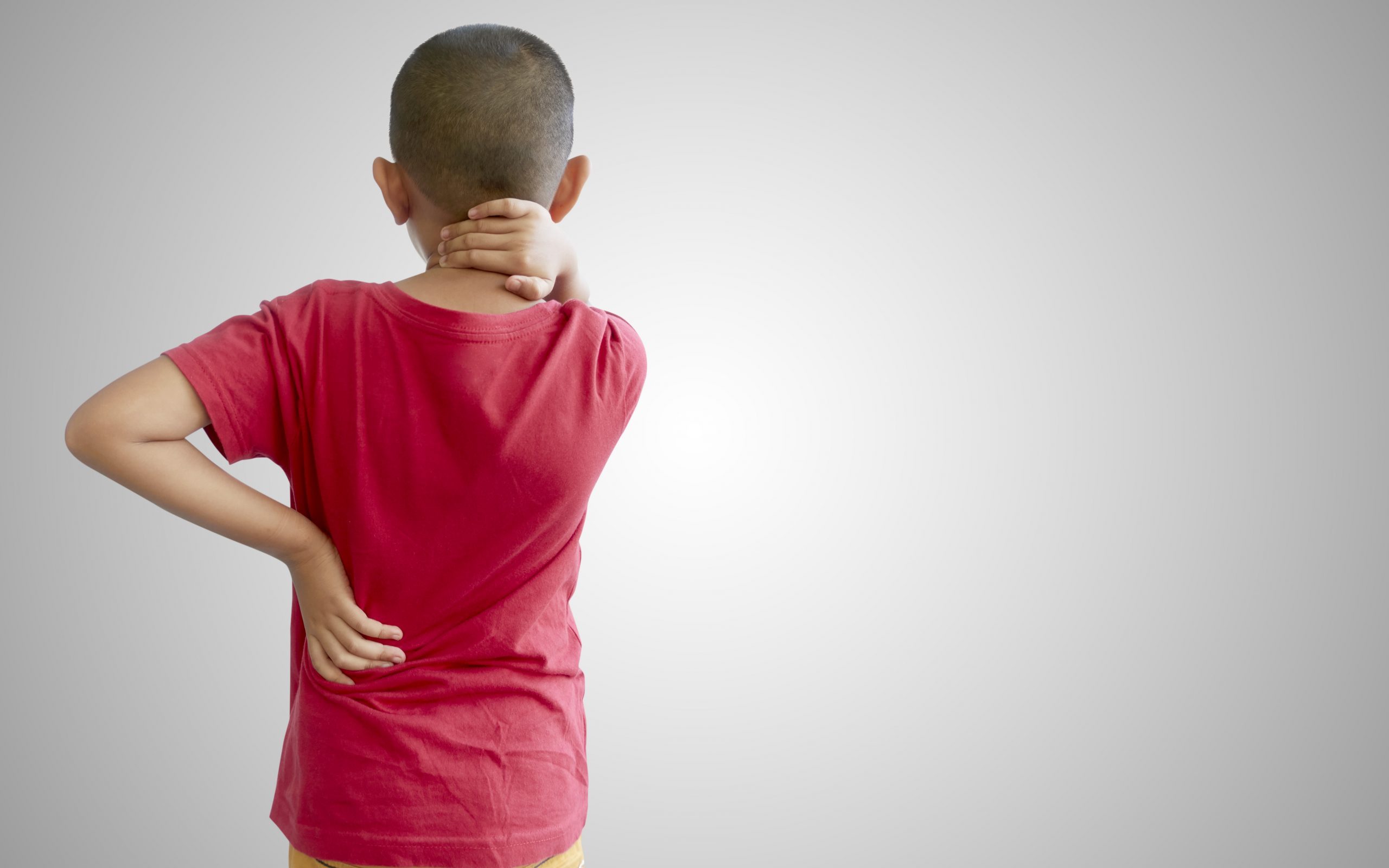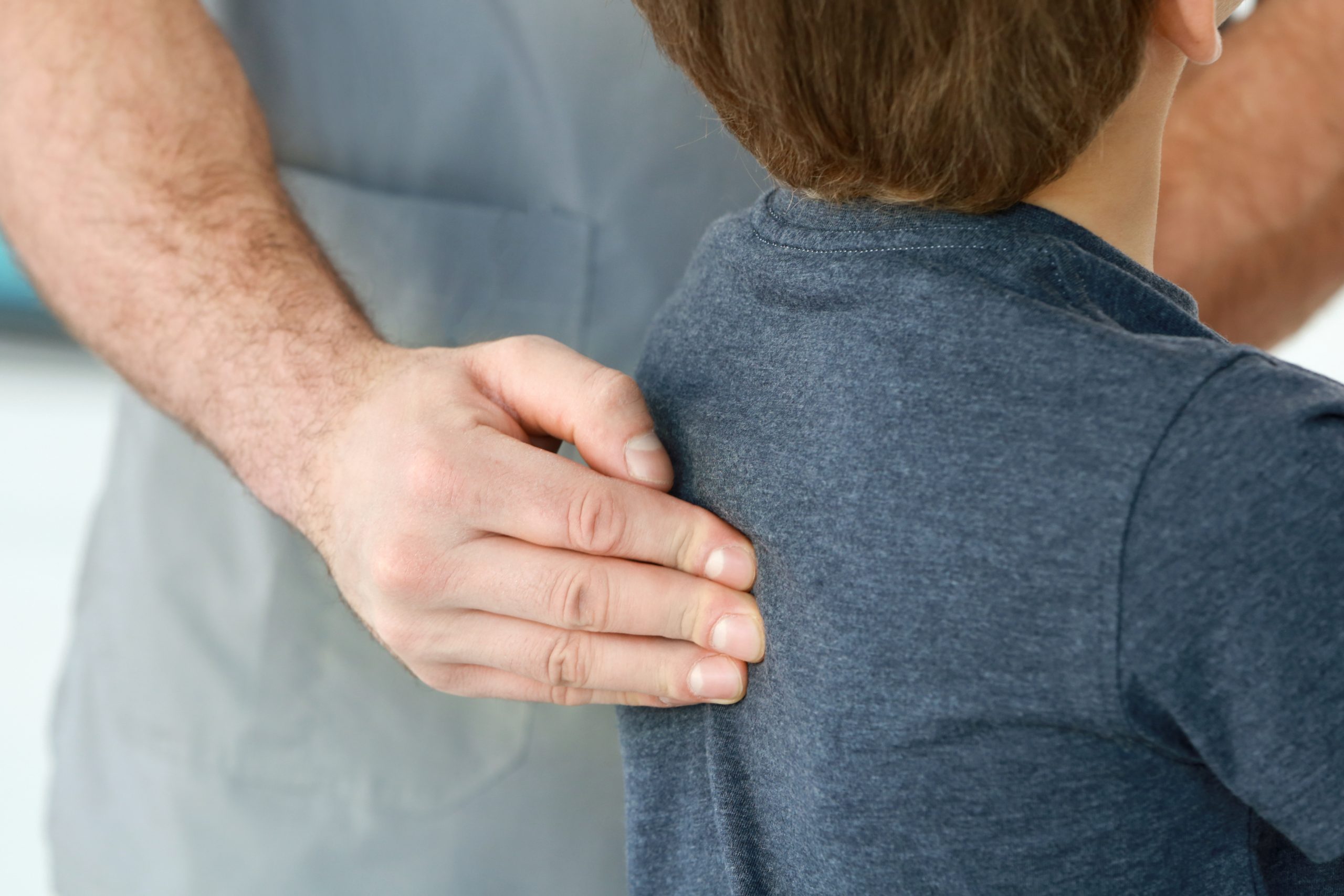Assoc. Prof. Dr. Sinan Karaca, Department of Orthopedics and Traumatology, Yeni Yüzyıl University, Gaziosmanpaşa Hospital drew attention to the important points and what needs to be done about the symptoms of scoliosis in your child.
Scoliosis is a spinal curvature condition that can occur during childhood and adolescence. It is very important for parents to be sensitive about this issue and to pay attention to the symptoms for early diagnosis; Because scoliosis is an insidious and slowly progressing disease, diagnosis may be delayed if care is not taken.
 How should we act?
How should we act?
Scoliosis is a condition that is often diagnosed during childhood and adolescence. If you suspect your child has scoliosis, it is important to pay attention to the following points:
- Monitoring: You should regularly monitor your child’s spine condition. Early diagnosis of spinal curvature can make a big difference in terms of treatment options and better outcomes. To monitor the curvature of the spine, you should follow the periodic checks recommended by your doctor.
- Symptoms: Some signs of scoliosis may include physical changes such as curvature of the spine, asymmetrical waist or back lines, uneven height of the shoulders, rib ridges, hip asymmetry or body curvature. If you notice anything in your child when you observe these symptoms, it is important to consult a specialist.
- Family History: Some cases of scoliosis may be due to genetic factors. If there is a family history of scoliosis, it is possible for your child to have a higher risk of scoliosis. In this case, you can evaluate your child’s risk of scoliosis by consulting your doctor.
- Ergonomics: Correct posture and body mechanics are important. Teaching your child proper posture habits and helping them correct incorrect postures can reduce the risk of scoliosis. It is also important to ensure the correct sitting position in activities such as sitting at a computer or desk for a long time.
- Physical Activity: An active lifestyle can help strengthen and support the spine. Regular exercise, especially strengthening the back and abdominal muscles can reduce the risk of scoliosis. It is very important that you encourage your child to engage in physical activities.
- Ergonomic Furniture: It is important to use ergonomic furniture that supports correct sitting and lying positions. A mattress that provides the right support and proper seating arrangements can help maintain the health of the spine.


